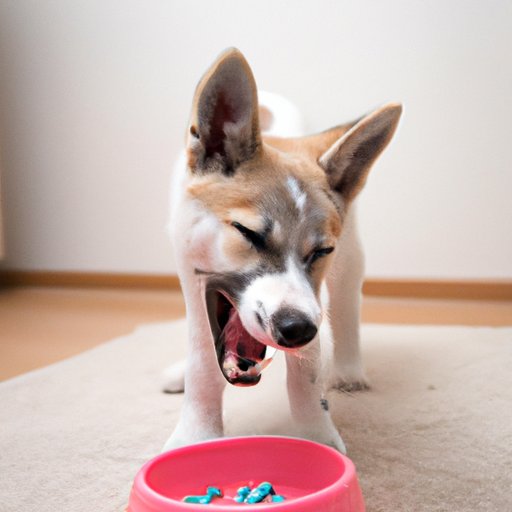
How to Stop a Dog from Peeing in the House
Dogs are wonderful companions, but when they start peeing indoors, it can be frustrating and stressful for pet owners. Fortunately, there are several ways to address this issue and teach your furry friend to only go potty outside. Here’s a comprehensive guide on how to stop a dog from peeing in the house.
Understanding Why Your Dog is Peeing in the House
Before addressing the problem, it’s essential to determine why your dog is peeing in the house. There are several reasons why this may occur, including medical issues, anxiety, and poor training.
Medical reasons such as urinary tract infections or incontinence may cause your dog to pee in the house. If you suspect this may be the case, it’s best to consult your veterinarian.
Anxiety is another common reason for indoor peeing. Your dog may be feeling stressed or uncertain, and peeing is a way of coping. Poor training is also a factor. If your dog has not been properly house-trained, they may not understand that going potty inside is unacceptable.
By identifying the root cause, you can take steps towards correcting the behavior.

Creating a Designated Potty Area
One of the best ways to stop your dog from peeing in the house is to create a designated potty area outside.
Choose a spot that is easily accessible and away from high-traffic areas. Make sure to take your dog to the same spot every time they need to go potty and use a command to indicate that it’s time to do so.
To encourage your dog to use the designated area, consider rewarding them with treats or praise each time they go potty outside. Consistency is key to training your dog to only go potty outside.
Teaching Your Dog to Ask to Go Outside
While a designated potty area is essential, it’s also crucial for your dog to learn how to ask to go outside when they need to go potty.
One effective way is to train your dog to bark or ring a bell when they need to go outside. To do this, hang a bell on your door and ring it every time you take your dog out to go potty. Your dog will eventually associate the bell with going outside and may start to ring it themselves when they need to go.
Other methods include teaching your dog to nudge or scratch the door. Consistency in using the same method and positive reinforcement when your dog correctly signals their need to go outside is the key to success.
Using Positive Reinforcement to Discourage Peeing Indoors
Positive reinforcement is one of the most effective ways to train your dog to only go potty outside.
Each time your dog goes potty in their designated area outside, reward them with treats or praise. Avoid punishing your dog for accidents indoors, as it may cause anxiety and make the problem worse. Patience and consistency in training are essential for success.
Cleaning Up Accidents Properly
When accidents happen, it’s crucial to clean them up correctly to prevent your dog from peeing in the same spot again. Avoid using cleaners with ammonia or vinegar, as they can trigger your dog to pee in the same spot again (as urine also contains ammonia).
Instead, use enzymatic cleaners designed specifically for pet urine. Scrub the area thoroughly and let the cleaner sit for 10-15 minutes before blotting it up with a clean cloth.
Properly cleaning up accidents reduces the likelihood of lingering smells, which can trigger indoor peeing behavior.
Addressing Underlying Health or Behavioral Issues
If the problem persists despite taking the above steps, it’s essential to consult with a veterinarian or professional dog trainer.
Your vet can determine if there are any underlying health issues and recommend a treatment plan. A professional dog trainer can help address behavioral issues and provide additional training tips.
Understanding and addressing underlying issues is crucial for stopping indoor peeing behavior.
Conclusion
Stopping a dog from peeing in the house requires patience, consistency, and understanding. By identifying the underlying issue, creating a designated potty area, teaching your dog to ask to go outside, using positive reinforcement, cleaning up accidents properly, and addressing any underlying health or behavioral issues, you can correct the behavior and enjoy a happy, healthy, and accident-free home with your furry friend.




